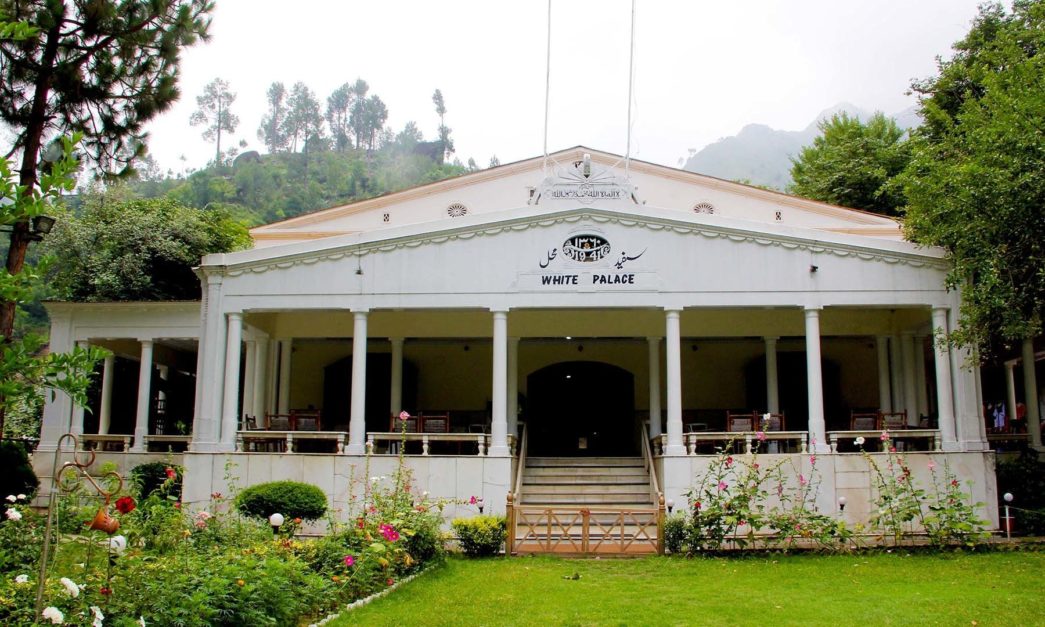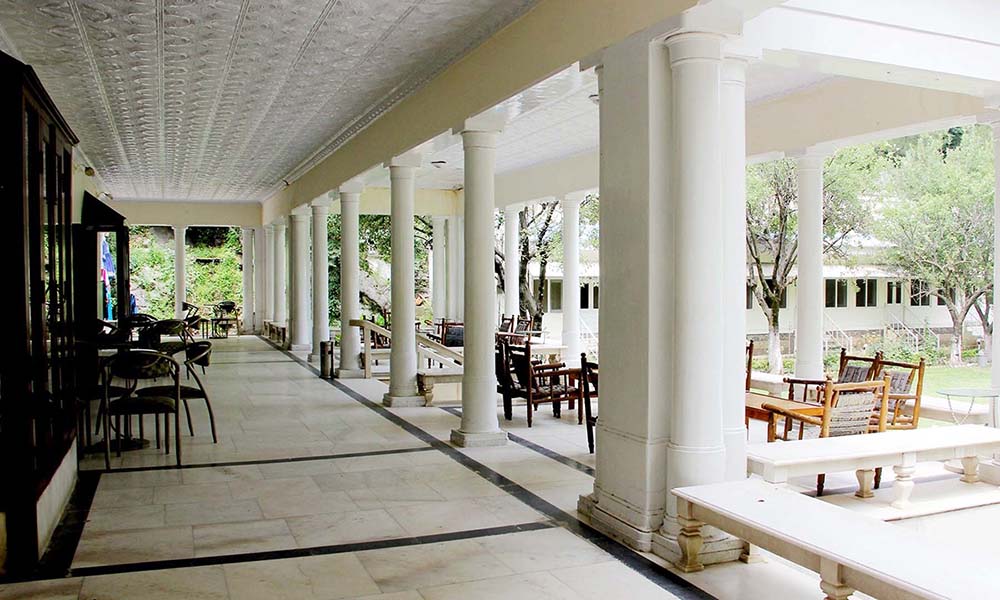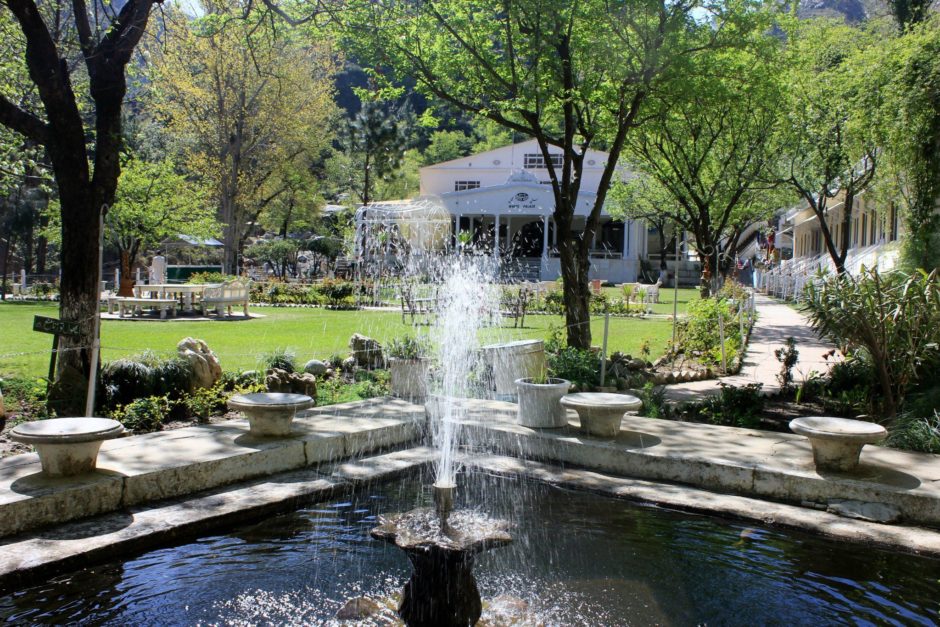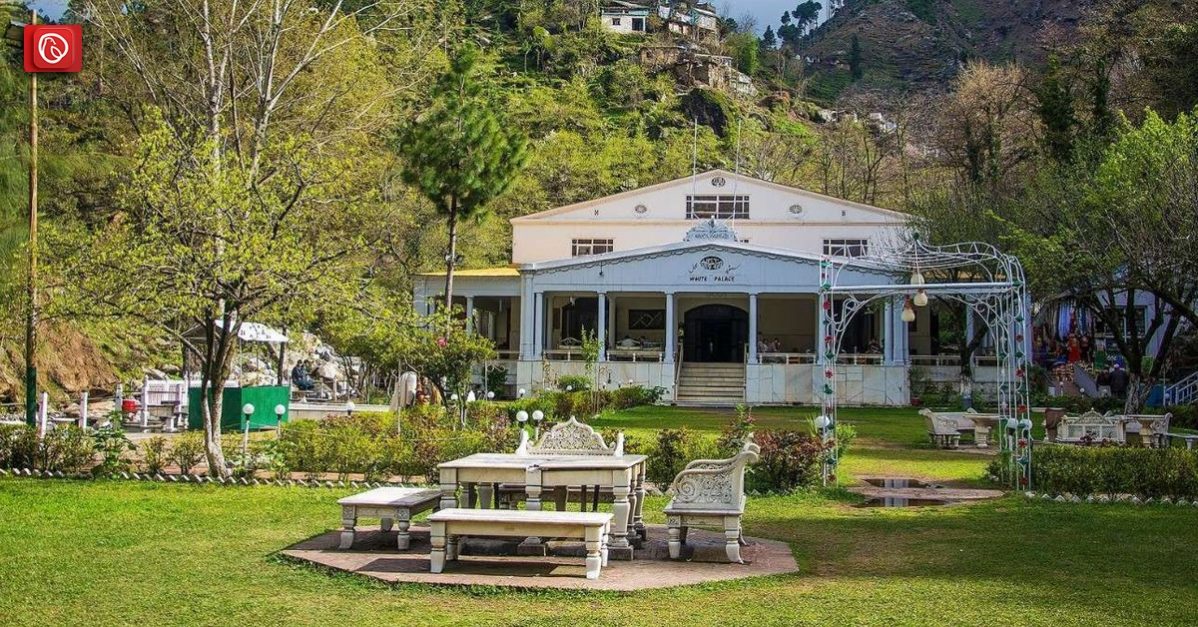White Palace Swat was constructed in 1940 by Swat’s inaugural king, Miangul Abdul Wadud (also known as Badshah Sahib), the White Palace of Marghazar graces the modest town of Marghazar, nestled approximately 13 kilometers from Saidu Sharif.
The Marghazar Valley in Swat is a captivating tourist destination with a multitude of attractions. It boasts Mount Elum, a magnificent natural lush green and picturesque landscape that creates a serene environment. The valley holds historical significance and is home to the White Palace, a royal palace built by the king of Swat. In this blog, Graana.com will provide some historical facts and amazing information about this amazing palace.
Information Table
|
Information |
Details |
| White Palace Swat location |
Marghazar Valley, Swat |
|
White Palace Swat height |
7000 feet above sea level |
| Who constructed it |
Miangul Abdul Wadood alias Badshah sahab |
|
Year of construction |
1940 |
Ownership and Current Use
Following the passing of King Abdul Wadood, ownership of the palace passed to Miangul Asfandyar Amir Zeb. The current owner is Miangul Shahriyar Amir Zeb. The palace has been converted into a hotel and is now a popular tourist attraction, particularly during the summer season.
White Palace Swat Height

The White Palace is situated at an altitude of 7000 feet above sea level on Marghazar Hill in the scenic Swat valley. Its height, reaching 35 feet, is comparable to that of the Taj Mahal. Initially known as Swati Taj Mahal, it is currently referred to as Sufaid Mahal or White Palace.
Marghazar White Palace Swat Location
The White Palace is located near a sacred stream that flows from Mount Elum. The palace is encircled by a vast lawn. This location holds religious significance for Hindus, as it is associated with Ram Chandra Ji Maharaj, who spent three years living in the nearby jungle.
The serene and breathtaking landscape influenced the decision of the first ruler of modern Swat, Miangul Abdul Wadood, to start building a summer residence here in 1935.
The white marble used for the palace was sourced from a quarry in Jaipur, India, the same quarry that supplied the marble for the Taj Mahal.
Why Call it White Palace?

The palace is called White Palace as it is made of the White marble. It is the same stone used for the construction of Taj Mahal. The name of the palace was changed three times.
Initially it was called Swati palace which means the palace of Swat, then they changed it to Motti palace which means Pearl Palace and finally the name White Palace was given to it. The palace is now serving as one of the most prestigious hotels in the area, attracting tourists from all over the world visiting architectural marvels and historical sites near White Palace.
Historical Background
This has a fascinating history. Back in 1935, the king of Swat, Miangul Abdul Wadud, was captivated by the beautiful landscape of the area. He decided to construct a summer resort there. Skilled craftsmen from Turkey were brought in, along with marble from Agra and bronze from Belgium.
The palace was finally completed in 1941 and initially called Swati Taj Mahal. Later, it was known as Motti Mahal and currently goes by the name Sufed Mahal or White Palace. To enhance its charm, the palace was adorned with a variety of plants and animals, creating a mini-zoo and a mini-botanical garden. Visitors can also enjoy the shade of a 200-year-old china tree.
Structure of White Palace Marghazar

The White Palace Marghazar boasts 24 spacious furnished rooms, as well as the Royal Suite, where Queen Elizabeth II of the United Kingdom and Prince Philip, Duke of Edinburgh stayed for three days in 1961.
Additionally, there are two large conference halls that were once used by King Abdul Wadood for cabinet meetings. The palace features a grand entrance hall with a lovely view of the garden lawn. On the right side, there’s a royal veranda that overlooks a flowing stream.
On the left side, there is the Lord’s Block, which consists of six rooms for ministers and councillors. Above it is the Prince Block, with eight rooms nestled among trees and bushes. Further up, the Queen’s Block offers twelve rooms. King Abdul Wadood built this block to accommodate his two wives, with each wife having three rooms, three servants’ rooms, and a separate lawn. The second wife’s section mirrors the first. In front of the lawn, there is a balcony with marble benches and a table adorned with engraved paintings of grapes.
Raw Materials Used in White Palace
The construction of the palace utilised materials imported from Jaipur, India. This same quarry supplied marble for the Taj Mahal in Agra. Instead of cement, lime (choona) was used as a binder, making the structure very sturdy. The ceiling height was set at 30-35 feet to provide additional strength and dissipate heat. The ceiling fans, imported and installed in 1941, are still functional to this day.
Architectural Significance of the White Palace Swat
Inspired by the beauty of Rajasthan’s marble palaces, Badshah sahab brought white marble from Jaipur, India, the same quarry that supplied marble for the Taj Mahal. The palace stands out for its architectural style, as it was the first building in the region to embrace Victorian design.
Its multilayered roof, consisting of bronze, deodar wood, lime, mud, and an iron layer on top, showcases its intricate craftsmanship. The palace’s exquisite ceiling features bronze imported from Belgium, and its electrical equipment, including ceiling fans, were brought from England.
The palace proudly exhibits old historical photos, including those of the rulers and Queen Elizabeth II.
The palace’s white marble and its nostalgic items, such as vintage fans, electric boards, lamps, and a telephone set from the 1940s in the Royal Suite, provide a unique charm. However, it is quite unfortunate to see some parts of the palace crumbling, with broken marble chairs and tables, as well as chipping bronze ceilings.
It is imperative for the hotel administration and the government to prioritise the preservation and regular maintenance of these precious items, considering the palace’s cultural heritage value. The Marghazar Valley itself remains a popular tourist destination in the northern regions of Pakistan.
In the summer, visitors revel in the pleasant weather, refreshing cold water springs, and the abundance of ripe persimmons, apricots, and peaches. The high peak mountains add to the allure of the landscape. In winter, the valley transforms into a serene winter wonderland, drawing tourists with its pristine white snow blanket.
Frequently Asked Questions
Following are some of the frequently asked questions regarding White palace Swat.
What is the historical significance of White Palace in Swat?
The White Palace holds historical significance as it was constructed in 1935 by the first ruler of the modern Swat state, Miangul Abdul Wadood alias Badshah sahab. It showcases Victorian architecture and is considered a cultural heritage site.
How was the palace constructed and what materials were used?
The White Palace was constructed using white marble imported from Jaipur, India, the same quarry that supplied marble for the Taj Mahal. The architecture features a multilayered roof with bronze, deodar wood, lime, mud, and an iron layer on top.
What is the current status of the the palace? Is it open to the public?
The White Palace is currently open to the public and operates as a hotel. Visitors can explore its breathtaking architecture, stay in the rooms, and enjoy the surrounding scenic beauty.
Can visitors stay at the palace? Is it operated as a hotel?
Yes, visitors can stay at the White Palace as it is operated as a hotel. It offers accommodations for tourists who wish to experience the royal ambiance and historical background of the palace.
Are there any notable events or personalities associated with the palace?
The White Palace hosted Queen Elizabeth II of England during her visit to Swat valley in 1961. The Royal Suite, once occupied by the ruler of Swat state, is particularly noteworthy. The palace also showcases historical photos of the rulers and Queen Elizabeth II.
This is all about White Palace Swat. For more information, visit Graana.com.




